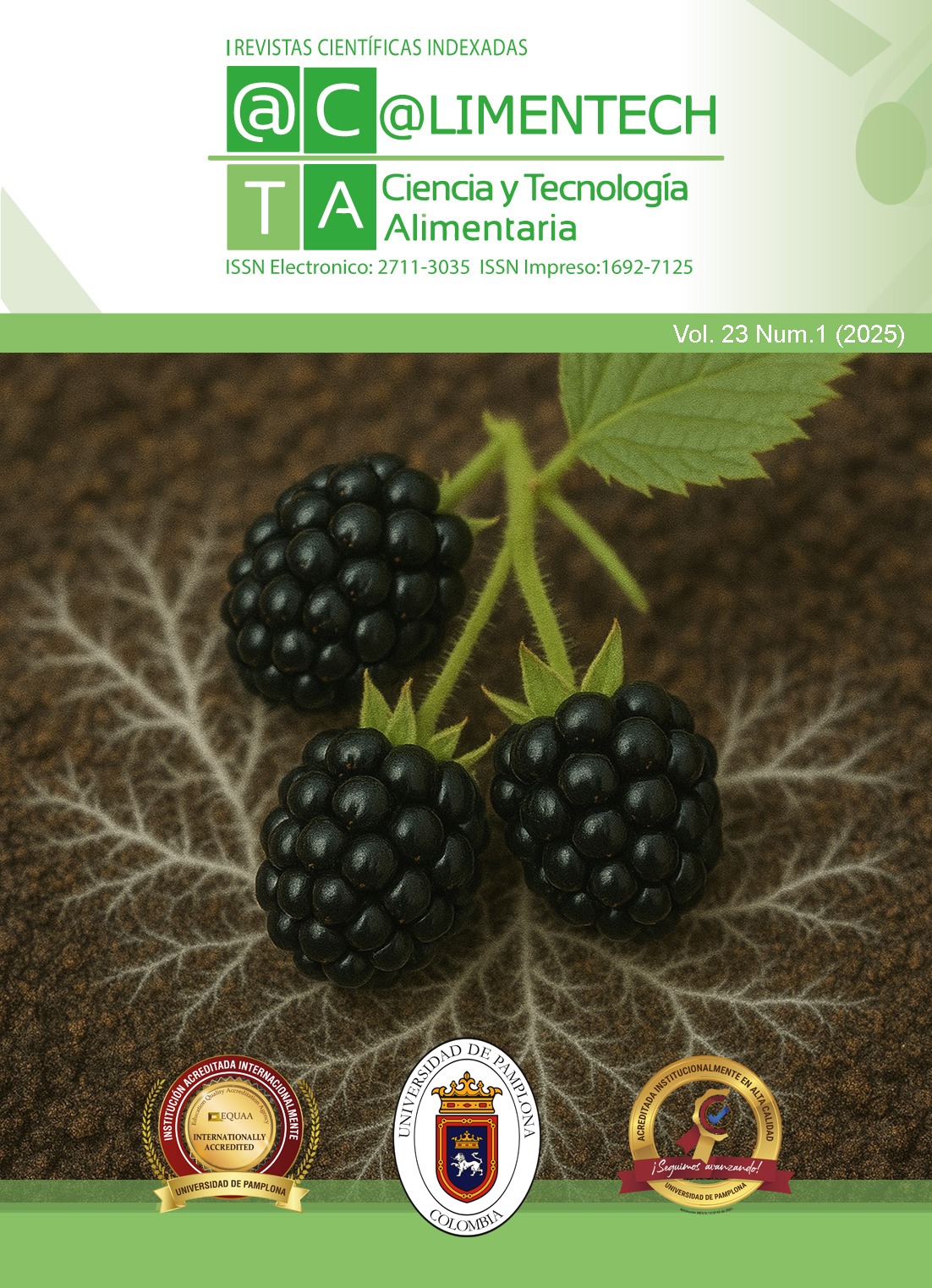Metaproteomics applied to milk and cheese: Methodological advances and perspectives in dairy microbiome characterization
DOI:
https://doi.org/10.24054/1pspef82Keywords:
metaproteomics, milk, cheese, dairy microbiome, mass spectrometry, biopreservationAbstract
Metaproteomics has emerged as a key tool for understanding the molecular complexity of dairy products by integrating the simultaneous identification and quantification of both animal- and microbe-derived proteins with their biological functions within the dairy ecosystem. Supported by high-resolution mass spectrometry and advanced bioinformatics, this approach has provided deeper insights into the dynamics of the microbiome during milk and cheese fermentation, ripening, and preservation. This review discusses the methodological foundations of metaproteomics, recent advances in bottom-up, shotgun, and label-free approaches, and its integration with multi-omics strategies. In addition, it examines the main applications in microbial characterization, authenticity, safety, and biopreservation of dairy products, highlighting recent studies on protein biomarkers, fraud detection, and the discovery of bacteriocins and enzymes of biotechnological interest. Finally, current challenges are discussed, including protocol standardization, database curation, and the incorporation of artificial intelligence into metaproteomic data interpretation. Recent evidence indicates that metaproteomics is becoming a cornerstone for scientific and technological innovation toward a safer, more traceable, and sustainable dairy industry.
Downloads
References
Carvalho, R. S., De Souza, C. H. B., Ramos, C. L., & Schwan, R. F. (2021). Bacterial diversity in organic and conventional Minas Frescal cheese. Food Research International, 147, 110512.
Di Luccia, A., Alviti, G., Saccotelli, M. A., & Monetta, P. (2017). Quantitative proteomics reveals new insights into calcium and casein micelle interactions. Journal of Dairy Science, 100(12), 9923-9933.
Duarte, W. F., Carvalho, B. F., & Zotta, T. (2024). Database selection for shotgun metaproteomics of low-diversity dairy microbiomes. International Journal of Food Microbiology, 418, 110898.
Ferrocino, I., Rantsiou, K., & Cocolin, L. (2022). Investigating dairy microbiome: an opportunity to ensure quality, safety and typicity. Current Opinion in Biotechnology, 73, 164-170.
Keser, D., & Ozcan, T. (2025). Cross-over fermentation dynamics and proteomic properties of acid gels with indigenous Lactobacillus spp. isolated from cheeses. Food Microbiology, 128, 104010.
Karbowiak, M., Kowalczyk, M., & Fiorella, F. (2025). Novel antimicrobial compounds from fermented food-derived Lacticaseibacillus paracasei B1 and L. plantarum O24 strains: Genomic and proteomic analysis. LWT, 234, 118597.
Mazzeo, M. F., Romano, R., & Cacace, G. (2024). Proteomics for depicting the secreted protein patterns of Lactiplantibacillus plantarum strains isolated from different food matrices. Food Bioscience, 60, 104055.
Petrella, G., Romano, R., & Di Luccia, A. (2015). Study of proteolysis in river buffalo mozzarella cheese using a proteomics approach. Food Chemistry, 181, 338-344.
Picariello, G., Addeo, F., & Ferranti, P. (2025). A cheese or not a cheese? Proteomics redefines the regulatory categorization of mascarpone. Proteomics, 25(4), 223-238.
Rocchetti, G., Lucini, L., & Dossena, A. (2023). Metabolomics and proteomics approaches provide a better understanding of non-enzymatic browning and pink discoloration in dairy products. Food Bioscience, 56, 103328.
Rutigliano, M., Balestrieri, F., & Lolli, V. (2025). High-moisture mozzarella cheese features and detection of commercial frauds: A review. International Dairy Journal, 163, 105678.
Ruiz, L., Sánchez, B., Ruas-Madiedo, P., & Margolles, A. (2016). Tackling probiotic and gut microbiota functionality through proteomics. Proteomics, 16(19), 2470-2483.
Suo, Y., Zhang, C., & Liu, J. (2025). Transcriptomics and proteomics analyses reveal the role of LlrG in ionizing radiation stress resistance of Lactococcus lactis subsp. lactis IL1403. Food Bioscience, 64, 105321.
Tilocca, B., Costanzo, N., Spina, A. A., & Roncada, P. (2020). Milk microbiota: Characterization methods and role in cheese production. Journal of Proteomics, 210, 103534.
Weckx, S., De Vuyst, L., & Leroy, F. (2019). Omics approaches to understand sourdough fermentation processes. Food Microbiology, 77, 123-135.
Zhu, H., Wang, Y., & Gao, L. (2024). Label-free proteomics reveals differential proteins of sheep, goat, and cow milk. Journal of Dairy Science, 107(2), 1350-1362.
Downloads
Published
Issue
Section
License
Copyright (c) 2025 @limentech, Ciencia y Tecnología Alimentaria

This work is licensed under a Creative Commons Attribution-NonCommercial 4.0 International License.








